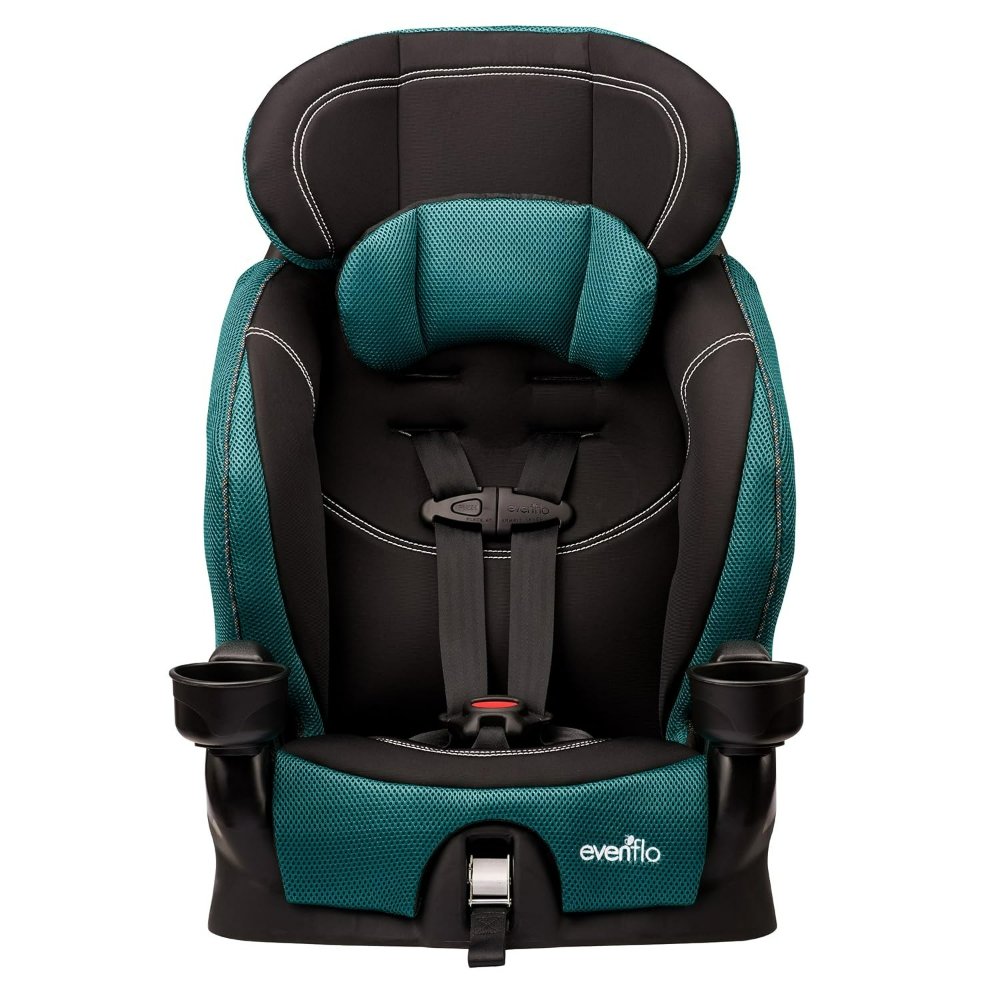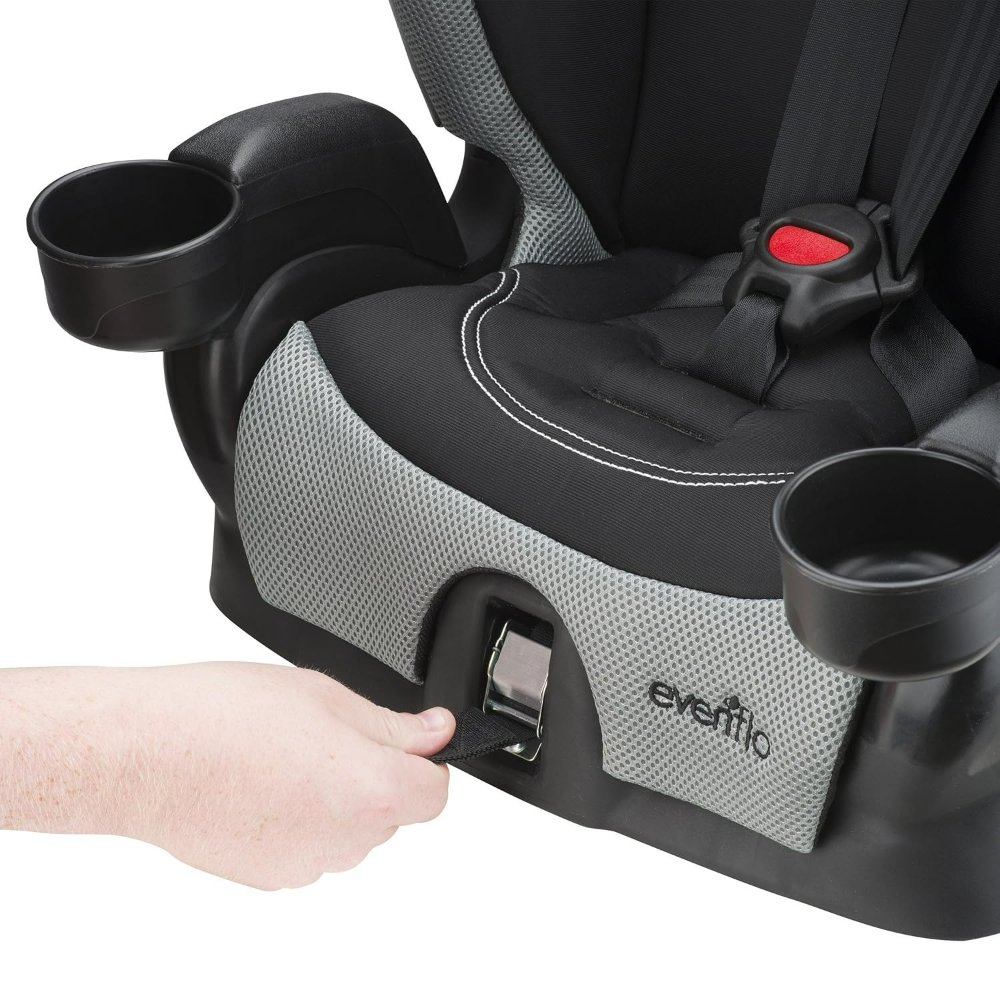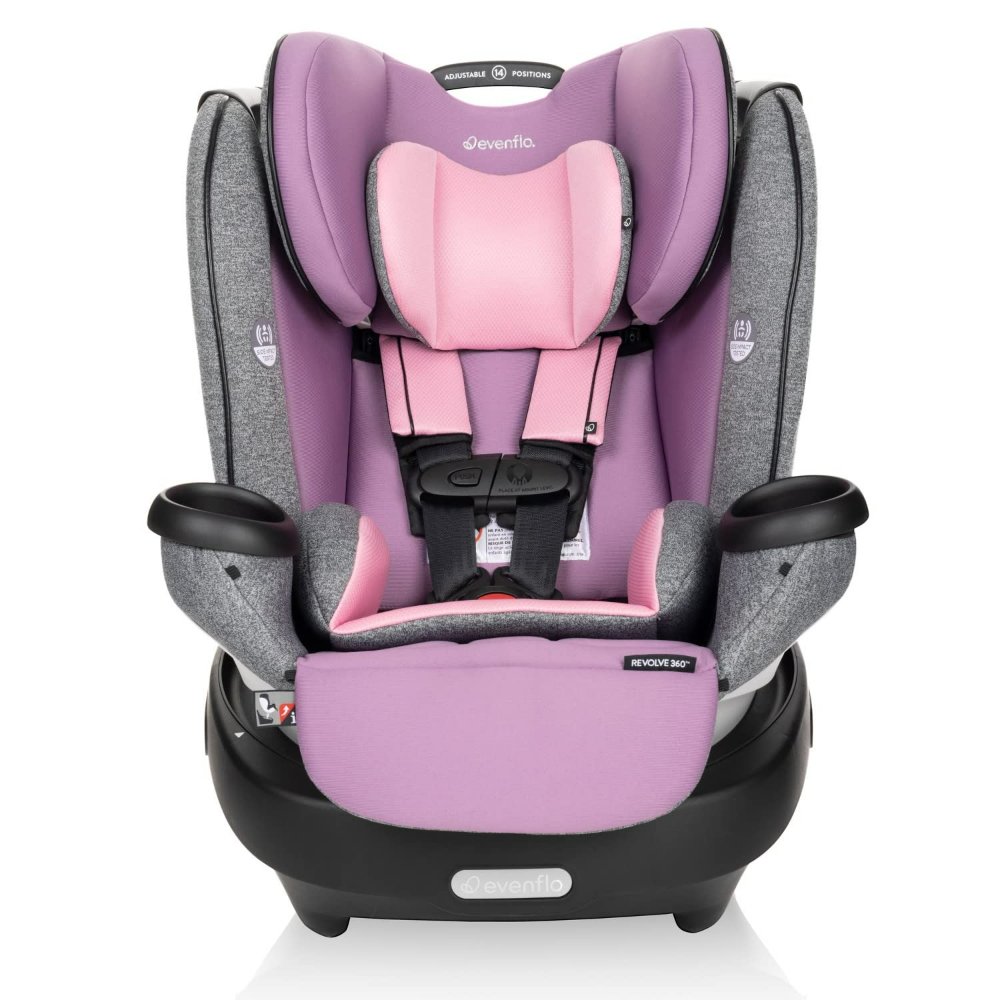The Importance of Choosing the Right Car Seat
Selecting the right car seat is crucial for your child’s safety. In the event of a car accident, a properly chosen and installed car seat can reduce the risk of injury significantly. There are several considerations to keep in mind when choosing a car seat.
First, consider the size and weight of your child. Car seats come in various sizes designed for different age groups, such as infant seats, convertible seats, and booster seats. An accurate fit is vital for maximum protection.
Second, the car seat’s compatibility with your vehicle is important. Not all car seats fit in all cars, so check the car seat dimensions against your car’s interior space.
Third, ease of installation and use is essential. Car seats with clear instructions and simple installation processes reduce the risk of incorrect use, which can compromise your child’s safety.
Fourth, look for a car seat with a good safety rating. Research crash test results and safety certifications to ensure the seat meets or exceeds industry standards.
Lastly, consider the longevity of the car seat. Some car seats, like convertibles, adapt as your child grows, offering a more cost-effective solution over time.
Making an informed choice during a car seat sale not only provides peace of mind but also ensures the best protection for your child while traveling.

Types of Car Seats on the Market
When you’re navigating a car seat sale, it’s important to know the different types available. Each type is designed for a specific age group and size of child, offering varying levels of protection and features. Here’s a quick overview of the most common types:
- Infant Car Seats: These are for newborns and small babies, typically up to 22-35 pounds. They face the rear of the vehicle and offer the best protection for very young children.
- Convertible Car Seats: These seats can change from rear-facing to forward-facing. They are suitable for infants and toddlers up to 65 pounds or more. Convertible seats are a cost-effective choice since they grow with your child.
- Booster Seats: These are for children who have outgrown a forward-facing harness seat but still need a lift to safely use the vehicle’s seat belt. They’re generally for kids from 40 to 100 pounds.
- All-in-One Car Seats: Also known as 3-in-1 or 4-in-1 seats, these can transition from rear-facing to forward-facing, and then to a booster seat. They’re designed to be the only car seat you’ll ever need.
Understanding these types helps you make a smart choice at any car seat sale. Remember to consider your child’s current size and expected growth when making a decision.
When Is the Best Time to Buy a Car Seat?
Buying a car seat at the right time can lead to substantial savings. Here are key times to consider:
- End of the Year Sales: Retailers often have sales to clear inventory for new models. This is a good time to find deals.
- Holiday Promotions: Major holidays come with big sales. Look for discounts during Black Friday, Cyber Monday, and Christmas.
- Car Seat Trade-In Events: Some stores offer trade-in events where you can get discounts on new seats by trading in old ones.
- New Model Releases: When new car seat models come out, older stock may be discounted to make room.
- Car Safety Month: September is National Child Passenger Safety Month. Watch for specials and promotions on car seats.
Timing is key in scoring a great deal at a car seat sale. With these tips, you can plan your purchase strategically and save money.

Where to Find the Best Car Seat Deals
Finding top car seat deals requires knowing where to look. Start by checking baby stores, as they often run specialized promotions on car seats. Look at department stores too. They have wider sales that may include car seats at reduced prices.
Online shopping sites can be goldmines for discounts. Check big retailers like Amazon, Walmart, or Target online. They offer various brands and models, often with considerable markdowns. Remember to check for online coupons or codes that provide extra savings.
Don’t forget about the manufacturer’s websites. Signing up for newsletters or alerts lets you know about upcoming sales. Social media is another useful tool. Follow your favorite brands to get updates on flash sales or exclusive deals.
Lastly, consider second-hand options. Visit consignment shops or look at online marketplaces. However, exercise caution when buying used. Ensure the seat hasn’t expired or been in an accident, as this could compromise safety.
By exploring these avenues, you can uncover the best car seat sale opportunities to keep your child safe without breaking the bank.
What to Look for in a Car Seat Sale
When hunting for the best car seat sale, keep these key points in mind:
- Check for Recent Models: Look for car seats from recent years. They will have the latest safety features.
- Examine the Return Policy: Good return policies let you swap or return if the seat doesn’t fit your car or your child.
- Look for Warranties: A solid warranty can save you money on future defects or issues.
- Inspect for Certification Labels: Ensure the car seat meets safety standards. Look for labels showing federal approval.
- Search for Extras: Sales might offer added perks. Look for car seats with additional cushions, cup holders, or adjustable straps.
- Read Product Reviews: See what other parents say. High ratings and positive reviews can guide you to a reliable car seat.
Keep these factors in focus during a car seat sale. They ensure you get a safe, convenient, and affordable car seat for your little one.

How to Assess Car Seat Safety Features
Assessing car seat safety features is vital for protecting your child. Here are ways to do it effectively during a car seat sale:
- Check Safety Certifications: Verify that the car seat meets all federal safety standards. Look for a label stating it has been certified for use.
- Examine the Harness: A good car seat will have a five-point harness that secures the shoulders, hips, and between the legs.
- Look at Side-Impact Protection: Side-impact protection adds extra safety. It should offer padded, energy-absorbing foam.
- Investigate Recall History: Research if the model has ever been recalled. Avoid seats with a history of safety issues.
- Evaluate the Material: The material should feel sturdy and durable. It must withstand wear and tear over time.
- Read Instruction Manuals: Ensure the manual is clear. It should give detailed, easy-to-follow installation instructions.
- Verify Date of Manufacture: Car seats have expiry dates. Check the manufacture date. It should be recent to ensure longevity.
Safety comes first when buying car seats on sale. Use these tips to guarantee you find a seat that is both safe and reliable for your child’s travel.
Tips for Getting the Best Value
Getting the best value at a car seat sale is all about timing and research. Here are smart tips to save money while keeping safety a top priority:
- Compare Prices: Before you buy, look at different stores and websites. See who has the lowest price for the car seat you want.
- Use Price Alerts: Set up alerts on your phone or computer. They will tell you when there is a price drop on car seats.
- Check for Bundles: Sometimes, stores offer car seats with strollers or other baby gear for a lower combined price.
- Use Coupons: Look for coupons in flyers, emails, or websites. They can give you extra discounts at checkout.
- Join Loyalty Programs: Sign up for store loyalty programs. They often give members special prices or points that you can use for future buys.
- Consider Last Year’s Model: Car seats from the prior year might be on sale when new models come out. They still meet safety standards and offer savings.
- Buy Convertible Seats: A convertible car seat grows with your child. It may cost more up front, but it saves money over time since you won’t need to buy as many seats.
By following these tips, you ensure that you get a dependable car seat without spending too much. Always balance cost savings with the necessity for a safe, secure car seat for your child.
Finding the right car seat sale involves choosing between online and in-store shopping. Both options have pros and cons, but understanding them can help you make the best choice for your needs.
Online Car Seat Sales
- Pros:
- Convenience: Shop from home at any time.
- Wide selection: More brands and models are available.
- Easy price comparisons: Quick checks on different websites.
- Direct home delivery: Saves time and effort.
- Cons:
- Less personal assistance: No staff to help you in real-time.
- Shipping time: You may have to wait for delivery.
- Return process: Returns might be more complicated online.
In-Store Car Seat Sales
- Pros:
- Hands-on experience: See and touch the car seats.
- Instant purchase: Take the car seat home right away.
- Personal advice: Store staff can aid in your choice.
- Cons:
- Limited selection: Fewer seats than online stores.
- More time-consuming: Travel to and from the store is needed.
- Pressure to buy: Salespeople may push for a sale.
When you weigh these factors, think about what matters to you. Do you value expert advice and immediacy? If so, in-store might be better. Do you want more choices and the comfort of shopping from home? Then online is likely your best bet. During a car seat sale, choose the method that gives you confidence and suits your shopping style.